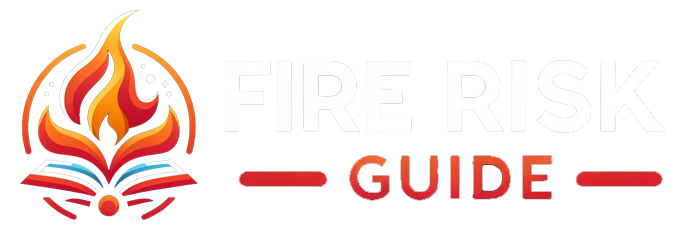A Fire Surround and Hearth: Ensuring Fire Safety in Your Home
When it comes to fire safety in the home, the importance of having a well-designed and properly maintained fire surround and hearth cannot be overstated. These features not only add aesthetic value to a room but also serve as crucial elements in ensuring that a fire remains contained and does not pose a threat to the rest of the house. In this article, we will explore the significance of fire surrounds and hearths in the context of fire safety and provide practical tips for homeowners to keep their homes safe from fire hazards.
A fire surround, also known as a fireplace mantel, is the decorative frame that encompasses the opening of a fireplace. It serves to enhance the visual appeal of the fireplace while also providing a barrier between the fire and the surrounding walls and décor. When it comes to fire safety, the material and construction of the fire surround are of utmost importance. It should be made of non-combustible materials such as stone, brick, or metal, and must be installed by a professional to ensure its structural integrity.
Similarly, the hearth, which is the area in front of the fireplace, also plays a critical role in fire safety. The hearth is designed to protect the floor from heat and sparks, and it should extend a safe distance from the fireplace opening. It should also be made of non-combustible materials and be properly maintained to prevent any potential fire hazards.
One of the primary functions of a fire surround and hearth is to contain the fire and prevent it from spreading to the surrounding areas. In the event of a fire, these features act as a barrier, buying homeowners precious time to safely evacuate the premises and minimizing the risk of the fire spreading throughout the house. Therefore, it is essential to ensure that the fire surround and hearth are properly designed, installed, and maintained to fulfill their fire safety function.
In addition to the design and construction of the fire surround and hearth, it is crucial for homeowners to practice regular maintenance and safety measures to mitigate the risk of fire hazards. Regular inspection and cleaning of the fireplace, chimney, and surrounding areas are essential to remove any build-up of creosote, soot, or debris that can ignite and cause a fire. Furthermore, it is important to keep flammable materials such as curtains, furniture, and décor at a safe distance from the fireplace to prevent accidental ignition.
Proper ventilation is also key in maintaining fire safety around a fireplace. A well-functioning chimney and flue system ensure that smoke and harmful gases are effectively expelled from the home, reducing the risk of carbon monoxide poisoning and indoor air pollution. Regular chimney inspections and cleanings by a professional are essential to prevent blockages and ensure optimal ventilation.
In the event of a fire, it is critical for homeowners to have the necessary safety equipment and knowledge to respond effectively. Smoke detectors and fire extinguishers should be installed in close proximity to the fireplace, and residents should be familiar with the proper operation of these devices. It is also important to have an emergency evacuation plan in place and to practice fire drills with all members of the household to ensure a swift and coordinated response in the event of a fire.
Furthermore, homeowners are encouraged to invest in fire-resistant materials and furnishings to enhance the overall fire safety of their homes. Fire-resistant curtains, rugs, and upholstery can help to contain a fire and prevent its rapid spread, while fire-rated glass for windows and doors can provide an additional layer of protection against flames and heat. These proactive measures, combined with a well-designed fire surround and hearth, contribute to a comprehensive approach to fire safety in the home.
In conclusion, fire surrounds and hearths are integral components of fire safety in the home. Their design, construction, and maintenance are crucial in containing fires and preventing them from spreading to the rest of the house. Homeowners should prioritize the installation of non-combustible materials, regular inspection and cleaning of the fireplace and chimney, and the implementation of additional fire safety measures to ensure optimal protection against fire hazards. By taking proactive steps to maintain a safe and functional fire surround and hearth, homeowners can enjoy the warmth and comfort of a fireplace while safeguarding their homes and loved ones from the devastating effects of a fire.

Leave a Reply